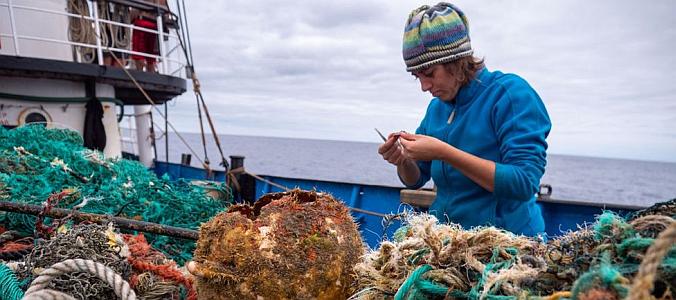
Photo: Ocean Voyages Institute
The BBC is reporting that scientists have discovered marine animals living on plastic debris in an area of the open ocean dubbed “the Great Pacific Garbage Patch”.
Many of the creatures are coastal species, living miles from their usual habitats, on a patch halfway between the coast of California and Hawaii.
Plants and animals, including anemones, tiny marine bugs, mollusks, and crabs, were found on 90% of the debris. Scientists are concerned that plastic may help transport invasive species.
The researchers reported their findings in Nature Communications, noting that “floating plastic debris from pollution now supports a novel sea surface community composed of coastal and oceanic species at sea that might portend significant ecological shifts in the marine environment.”
Lead researcher Dr. Linsey Haram, who carried out the work at the Smithsonian Environmental Research Centre, said: “Plastics are more permanent than many of the natural debris that you previously have seen in the open ocean. They’re creating a more permanent habitat in this area.”
Dr. Haram worked with the Ocean Voyages Institute, a charity that collects plastic pollution on sailing expeditions, and with oceanographers from the University of Hawaii at Manoa.
See also our post from August 2020, about a previous Ocean Voyages Institute expedition — Sailing Cargo Ship Kwai Hauls a Record 170 Tons of Plastic & Ghost Nets From Pacific.
Thanks to Alaric Bond for contributing to this post.
